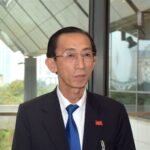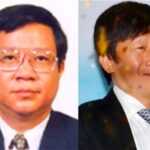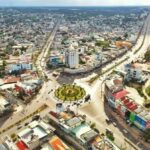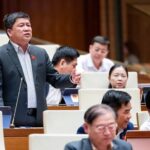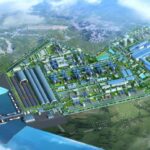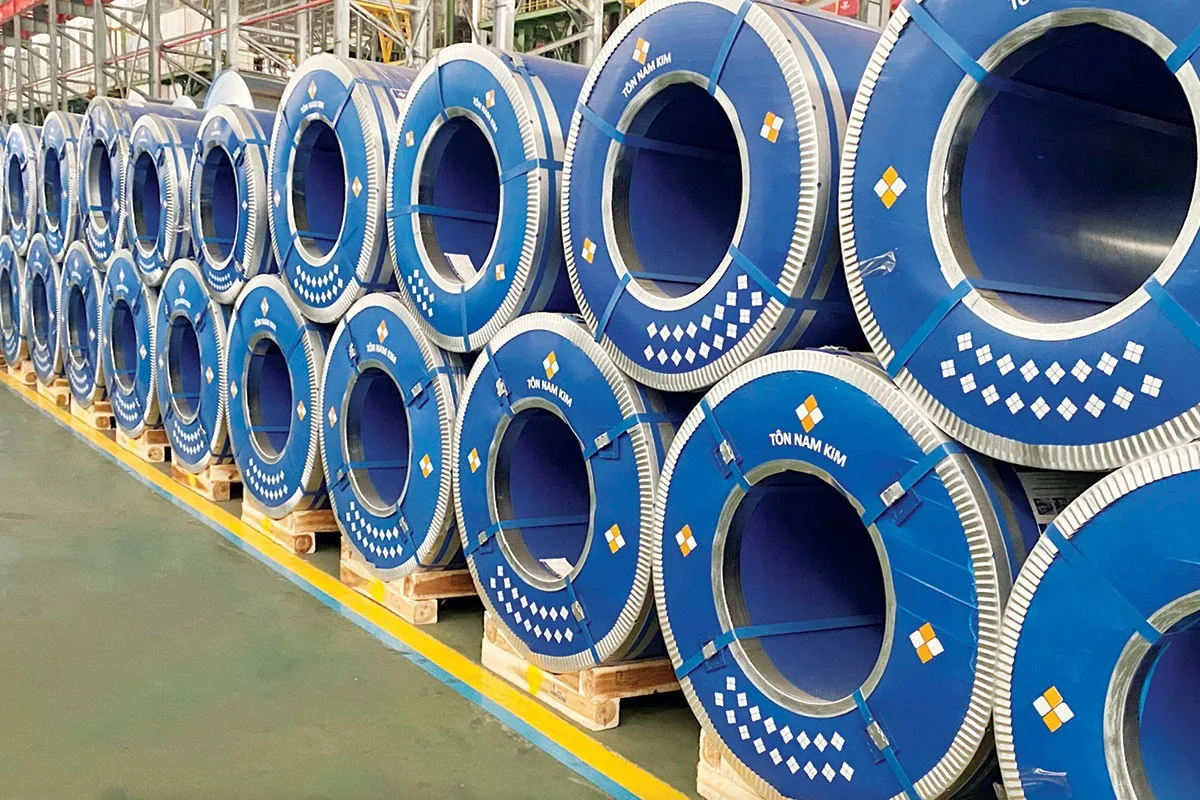On May 9, 2025, the Vietnam Machinery for Agriculture and Rural Development Corporation (VEAM) celebrated its 35th anniversary (05/12/1990 – 05/12/2025), marking the remarkable growth and development of one of the pillar enterprises in Vietnam’s mechanical industry.
Born amid economic difficulties and the influx of cheap imported agricultural machinery, VEAM has continuously reformed, enhanced its production capabilities, and built a solid foundation.
VEAM ignited a widespread agricultural mechanization movement among the people, marking a historic breakthrough in the early 1990s. With its innovative and strategic approach, VEAM quickly established itself in the domestic and international markets. Their agricultural machinery products not only compete domestically but are also exported to ASEAN countries.
Recognizing the importance of the supporting industry, a field of strategic significance in the country’s industrialization and modernization agenda, VEAM shifted its focus. With a long-term vision, VEAM evolved from a mere manufacturer to a strategic partner in the industrial production chain.
As early as 1994–1996, when the FDI wave began flowing into Vietnam, VEAM pioneered linkages and collaborations with large international corporations such as Ford, Toyota, and Honda to develop automotive and motorcycle components. These joint ventures brought significant economic value and solidified VEAM’s position as a reputable mechanical parts manufacturer in Vietnam.
In 2017, VEAM transformed into a joint-stock company with a charter capital of VND 13,288 billion, with the State still holding a controlling stake. In July 2018, VEAM officially listed on the Upcom stock exchange under the symbol VEA. The company’s operations have become increasingly transparent, professional, and efficient since its equitization.
VEAM’s business operations have grown in each phase, generating financial resources for reinvestment and expansion of production activities. This contributes to economic development, increases state budget revenues, and improves the livelihoods of its employees.
Eight years after equitization, total revenue has increased by 93%, total assets by 17%, owner’s equity by 45%, and the market has expanded. Labor incomes have consistently risen, and the organizational structure has become more streamlined and dynamic. Many subsidiary companies have thrived alongside the parent company, solidifying their market positions.
Over the past 35 years, VEAM has transformed from 12 separate mechanical factories into a system of 25 member companies and branches, operating in the fields of manufacturing and trading machinery and spare parts for agricultural, forestry, fisheries, and transportation production.
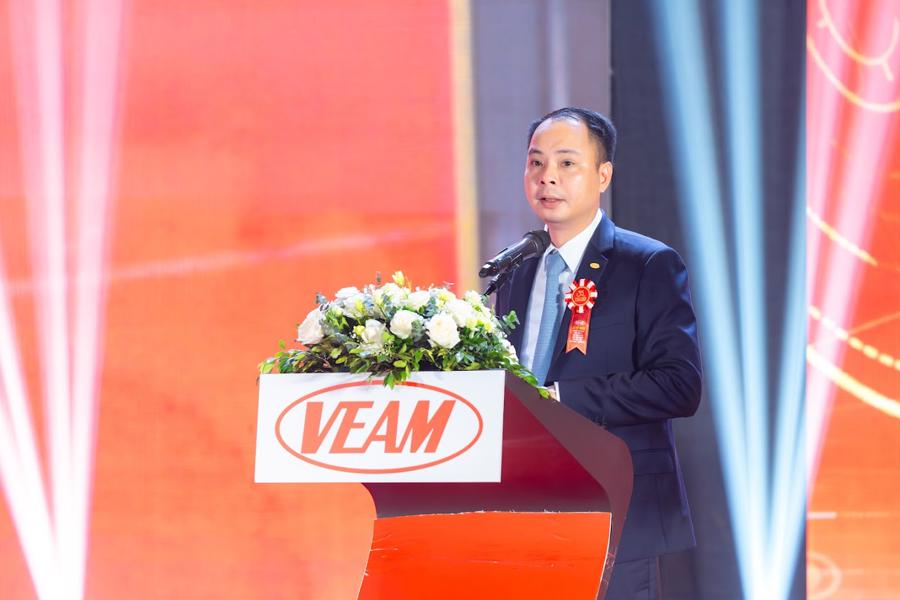
According to Mr. Le Khai Hoan, Chairman of VEAM’s Board of Directors, with a focus on participating in national key projects such as high-speed railways, wind power machinery, and other significant ventures, VEAM will emphasize training high-quality human resources and developing key products related to high-tech agricultural machinery, green energy, wind power machinery, manufacturing machinery, electric motors, automotive components, and supporting industry products.
These activities will create strong momentum for VEAM to continue contributing to the country’s industrialization and modernization agenda, building a solid foundation for sustainable development in the future.
Mr. Nguyen Hoang Giang, General Director of VEAM, stated that VEAM would comprehensively restructure its production and business activities, improve capital efficiency and technological innovation, enhance research and development, digital transformation, and increase the added value of its products. These efforts will significantly contribute to industrialization and modernization, especially in vital industries such as mechanics, energy, and railways.
Moreover, the Corporation proactively forges linkages and collaborations with domestic and foreign partners, particularly within the industry and other sectors. It develops specialized products for national defense and security and effectively leverages new-generation trade agreements to boost exports and expand the global market.
“Ho Chi Minh City’s Reform Breakthrough: Asserting its Economic ‘Pioneer’ Status”
As Ho Chi Minh City embarks on a new phase of development, it faces not only a plethora of opportunities but also a slew of challenges. The city has begun to outgrow its infrastructure, resulting in bottlenecks that hinder its progress. To maintain its position as a vanguard, Ho Chi Minh City must embrace transformative reforms that match its expanding scale and ambition.
The High-Speed Rail Project: Ensuring Profitable Investments for Vietnam’s Transportation Revolution
It is imperative to devise a strategy for the effective implementation of the high-speed rail project. We must ensure that this significant investment does not result in inefficient operations and financial losses. A well-thought-out plan will guarantee the project’s success and profitability.


